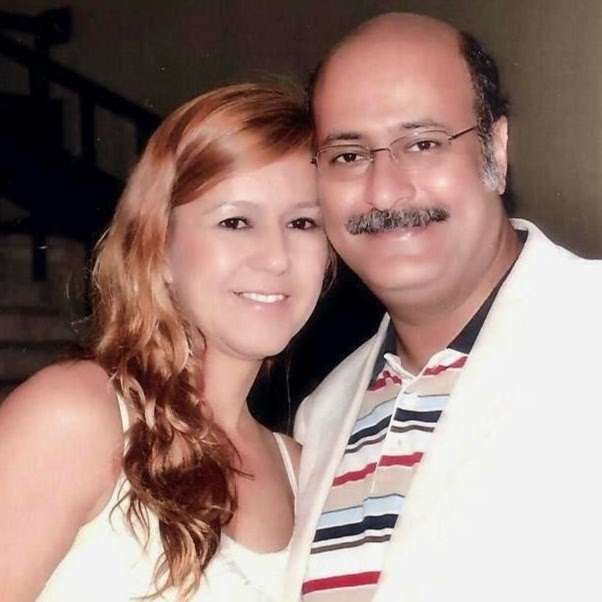by Sherif M. Awad
Tinto Brass, an Italian filmmaker renowned for his audacious and provocative style, has left an indelible mark on the world of cinema. Over the course of his career, he has explored themes of eroticism, sexuality, and human desires with a distinct visual flair. In this essay, we delve into ten of Tinto Brass’s most notable films, examining their cultural impact, artistic merits, and controversial nature.
1. “Caligula” (1979):
Caligula” remains one of the most controversial films in cinema history. Set in ancient Rome, it offers an unflinching portrayal of the debauched and perverse nature of power. Brass’s direction combined with an all-star cast, including Malcolm McDowell and Helen Mirren, pushes the boundaries of explicit content, exploring the depths of human depravity and excess. While the film faced immense backlash upon its release, it has since gained a cult following for its audacity and artistic vision.
2. “Salon Kitty” (1976):
In “Salon Kitty,” Brass delves into the world of espionage and seduction during World War II. The film revolves around a brothel in Berlin, which acts as a front for intelligence operations. Brass masterfully combines elements of sexploitation with political intrigue, presenting a morally ambiguous narrative that challenges societal norms. While criticized for its explicit content, the film serves as a commentary on the corrupting influence of power and the blurred lines between loyalty and betrayal.
3. “The Key” (1983):
Based on Jun’ichirō Tanizaki’s novel, “The Key” explores themes of voyeurism, jealousy, and sexual obsession. Brass weaves a complex tale of a middle-aged man who becomes fixated on watching his young and beautiful wife engage in extramarital encounters. Through a series of explicit scenes, Brass exposes the darkest corners of human desire, pushing the boundaries of sexuality on screen. “The Key” is a compelling study of human psychology and the consequences of unbridled voyeuristic impulses.
4. “Cheeky” (2000):
“Cheeky” is a playful and light-hearted comedy that follows the adventures of a flirtatious young woman navigating her romantic and sexual encounters. Brass presents a provocative yet comedic exploration of sexual liberation, challenging societal conventions and exploring the dynamics of power and desire within relationships. Through its witty dialogue and unabashed sensuality, “Cheeky” showcases Brass’s ability to create a sexually charged narrative that simultaneously entertains and provokes thought.
5. “The Voyeur” (1994):
In “The Voyeur,” Brass delves into the psyche of a man consumed by his voyeuristic tendencies. The film follows a middle-aged man who becomes obsessed with spying on his neighbors, leading to a series of voyeuristic encounters. Brass skillfully blurs the line between viewer and subject, challenging the audience’s own voyeuristic inclinations. Through its explicit content and psychological exploration, “The Voyeur” forces viewers to confront their own desires and complicity in the act of watching.
6. “Frivolous Lola” (1998):
“Frivolous Lola” presents a tale of sexual awakening and exploration in Brass’s signature style. The film follows Lola, a young woman who embarks on a journey of self-discovery, engaging in explicit encounters with various lovers. Brass explores themes of freedom, societal expectations, and the complexities of relationships, while maintaining a lighthearted tone. Through Lola’s escapades, Brass challenges traditional notions of sexuality and offers a celebration of female desire.
7. “Miranda” (1985):
Set in a small Italian village, “Miranda” centers around the titular character’s magnetic allure and her effect on the local men. Brass crafts a comedy that blurs the boundaries between fantasy and reality, exploring the power dynamics of desire and the consequences of unbridled sexual liberation. Through his meticulous attention to visual details and evocative cinematography, Brass creates a vibrant and seductive world that captivates viewers.
8. “Paprika” (1991):
Inspired by John Cleland’s novel, “Paprika” is a sensuous and visually striking exploration of sexual awakening in 1950s Italy. Brass immerses the audience in a world of forbidden desires, unveiling the protagonist’s journey towards self-discovery and liberation. Through sumptuous production design and atmospheric cinematography, Brass creates a captivating tapestry of eroticism and nostalgia. Paprika” stands as a testament to Brass’s ability to create visually alluring and emotionally charged narratives.
9. “Monella” (1998):
Set in the 1950s, “Monella” is a charming and playful comedy that follows the misadventures of Lola, a sexually liberated young woman. Brass crafts a narrative that celebrates female sexuality, challenging societal taboos and embracing the freedom to explore one’s desires. Through Lola’s experiences, Brass presents a nuanced portrayal of a woman navigating her own sexual agency in a repressive society.
10. “Black Angel” (2002):
Black Angel” serves as an homage to the film noir genre, blending elements of suspense, mystery, and eroticism. Brass presents a detective investigating a series of murders with an erotic twist, delving into the shadows of desire and obsession. Through his evocative visual style and atmospheric storytelling, Brass creates a captivating noir landscape, challenging genre conventions and offering a unique exploration of human desires.
Tinto Brass’s films have consistently pushed the boundaries of sexuality, exploring the depths of human desires and the complexities of relationships. From the controversial “Caligula” to the light-hearted “Frivolous Lola,” Brass’s unique style challenges societal norms and invites audiences to question their own preconceptions. His films continue to provoke and captivate viewers, leaving an enduring impact on the world of cinema. As a visionary director, Tinto Brass has carved a distinct niche for himself, solidifying his place as a provocative and audacious filmmaker.

